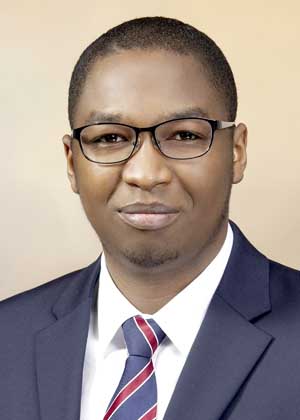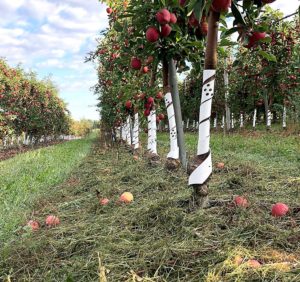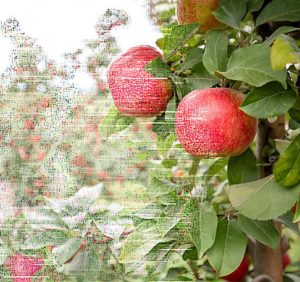
When weather patterns were more predictable, farmers could look to the past to determine how best to react to them. Their accumulated knowledge, and the hard-earned wisdom of previous generations, offered a reliable model for making decisions.
But in the new reality of increasingly erratic weather, historical knowledge isn’t as reliable as it used to be. New decision-making models must look to the future — to artificial intelligence and other predictive technologies.

Michigan State University assistant professor Daniel Uyeh will lay out his vision for decision-making models of the future during the Great Lakes Fruit, Vegetable & Farm Market EXPO in Grand Rapids, Michigan. He’s scheduled to speak Thursday morning, Dec. 7, during the “Whole-System Approach to Sustainable Fruit Production” session.
“Usually, when people think of technology on the farm, they picture fancy gadgets or drones,” said MSU blueberry and small fruit educator Cheyenne Sloan. “I hope that by attending, growers will think outside of the box when it comes to technology.”
Sloan, one of the moderators, invited Uyeh to speak at the EXPO session. She said climate-change adaption will be an increasingly important facet of a whole-system approach to sustainable fruit production. Other speakers will cover the use of biocontrols and root/microbe interactions in grape.
Since joining MSU’s Department of Biosystems & Agricultural Engineering in January 2023, Uyeh and his team of researchers have been putting together a lab that will focus on creating climate-smart decision support systems for growers of specialty crops that are particularly vulnerable to climate change. His target crops right now are apple, peach, cherry, blueberry and grape.
The effects of climate change are complex and unpredictable. Higher temperatures can cause insects and other pests to shift territories. Milder winters can affect plant cold-hardiness. Erratic heat waves and frost events in spring threaten bud survival, Sloan said.
Uyeh’s long-term goal is to use MSU’s advanced computing resources to create an easily accessible digital model that would help growers adjust their farming practices to the changing climate. The model would use generative AI or other predictive technologies to generate multiple extreme-weather scenarios. Growers would go online, look at a digital replica of their orchard or vineyard, specify a problem and get advice on how to deal with it.
“Smart agriculture can’t control extreme weather events, but it can help farmers build resilience to climate change,” Uyeh said.
The model could be customized to each user’s orchard, down to the number of trees, perhaps, Uyeh said. Then, users can impose different scenarios on the model to make predictions and inform real-world decisions.
Sloan gave an example of how it might work: A blueberry grower accesses a digital model of their blueberry field and informs the model that the wind is blowing from the north at 2 miles per hour, at a temperature of 32 degrees Fahrenheit. Based on these and other factors, the model tells the grower the likelihood of frost damaging their bushes, so they can prepare accordingly.
“I think the models (Uyeh) can create would be of great use to growers of all sizes,” she said.
—by Matt Milkovich








Leave A Comment